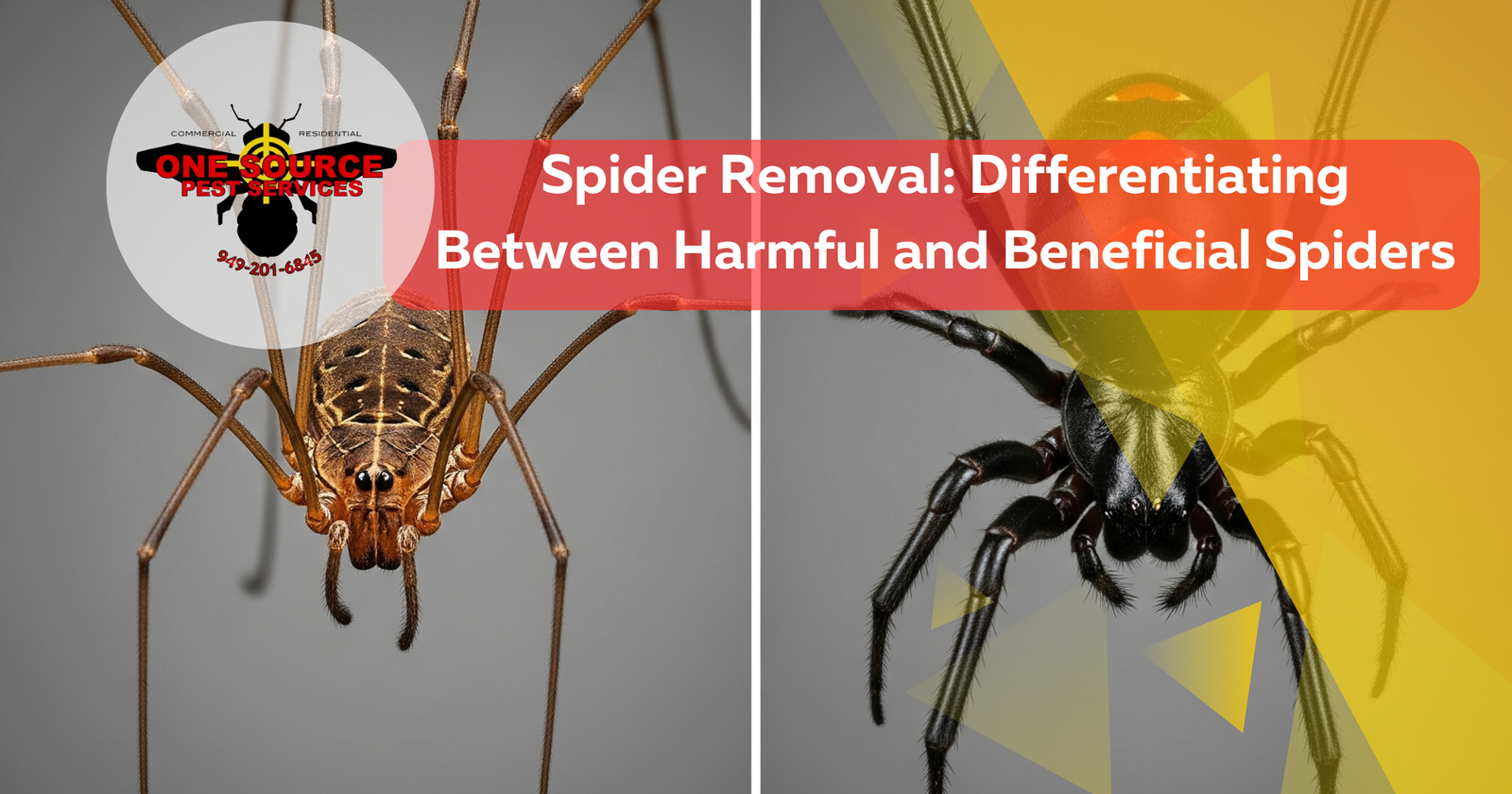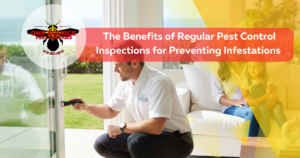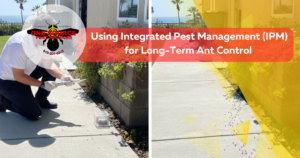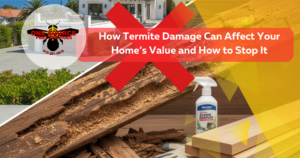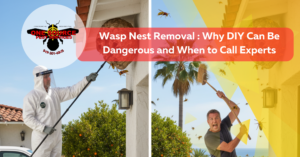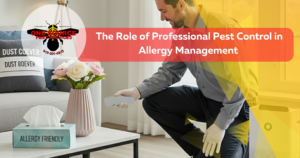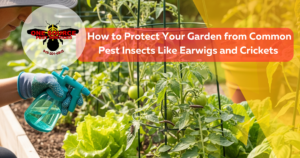Introduction
Spiders are among the most common household pests, but not all of them are bad for your home. While some spiders can pose serious health risks, many are harmless, and even beneficial, because they help control other insect populations. The challenge lies in knowing which spiders should be removed immediately and which can be left alone to do their natural pest-control work.
Understanding the differences between harmful and beneficial spiders is essential for maintaining a healthy living environment. This guide will help you identify various spider species, explain their roles, and provide tips on safe and effective spider removal.
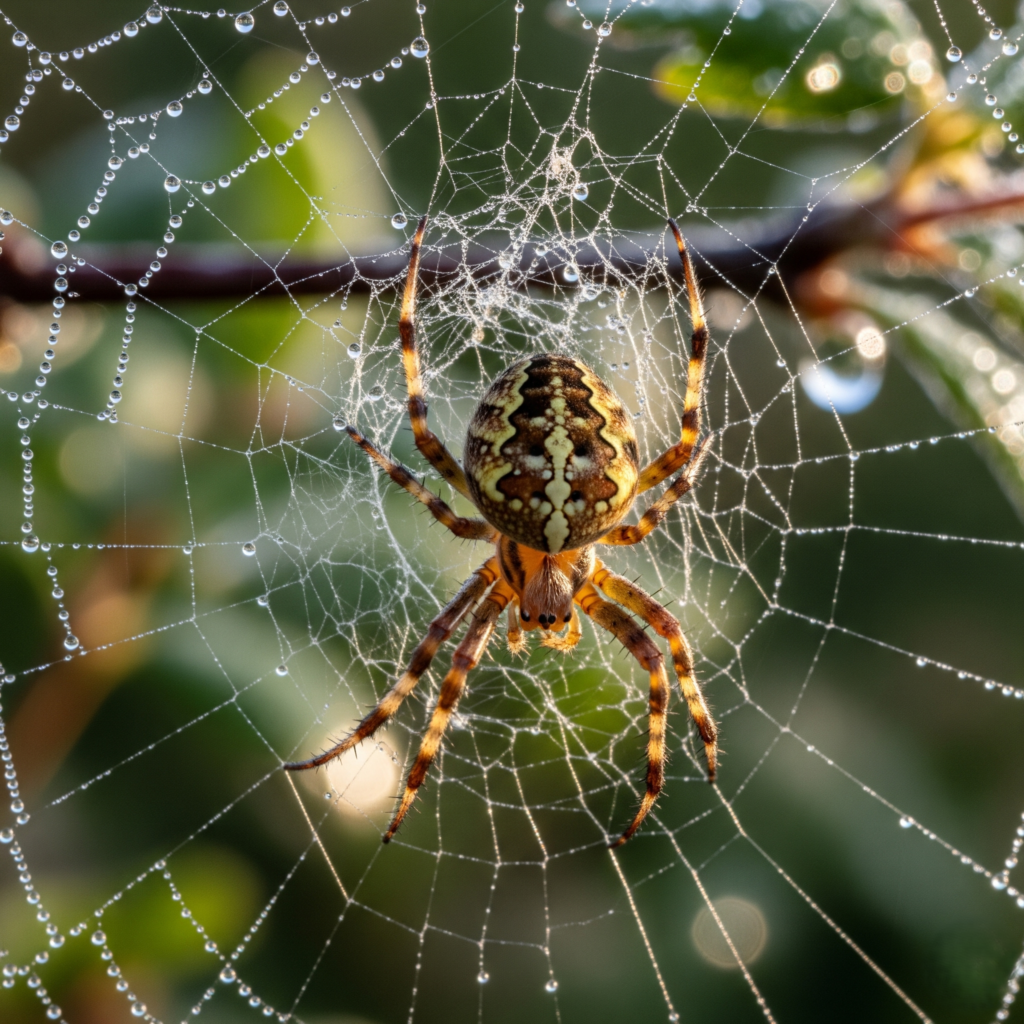
Understanding the Role of Spiders in Your Home
Before rushing to eliminate every spider you see, it’s important to know that many spiders contribute to a balanced indoor and outdoor ecosystem.
- Beneficial Spiders help reduce the population of flies, mosquitoes, and other insects.
- Harmful Spiders can pose health risks through venomous bites, which in some cases require medical attention.
Common Beneficial Spiders
Beneficial spiders are not aggressive toward humans and generally prefer to avoid contact. They can help you keep unwanted pests under control naturally.
1. Cellar Spiders (Daddy Longlegs)
- Harmless to humans
- Known for their long, thin legs and small bodies
- Prey on insects, including mosquitoes and flies
2. Orb-Weaver Spiders
- Recognizable by their intricate circular webs
- Non-aggressive and rarely bite
- Help reduce flying insect populations
3. Jumping Spiders
- Small, compact bodies with excellent vision
- Active hunters during the day
- Feed on ants, moths, and other small pests
Common Harmful Spiders
Certain spider species can pose a danger due to their venom. While bites are rare, it’s important to handle these spiders with caution.
1. Black Widow Spider
- Glossy black with a red hourglass marking on the abdomen
- Venom can cause muscle cramps, nausea, and breathing difficulty
- Found in dark, undisturbed areas like sheds or garages
2. Brown Recluse Spider
- Light to dark brown with a violin-shaped marking on the back
- Venom can cause severe skin damage and, in rare cases, systemic illness
- Often found in closets, boxes, and shoes
3. Yellow Sac Spider
- Pale yellow or beige body
- Venom can cause pain and swelling, though usually not life-threatening
- Commonly found indoors along ceilings and corners
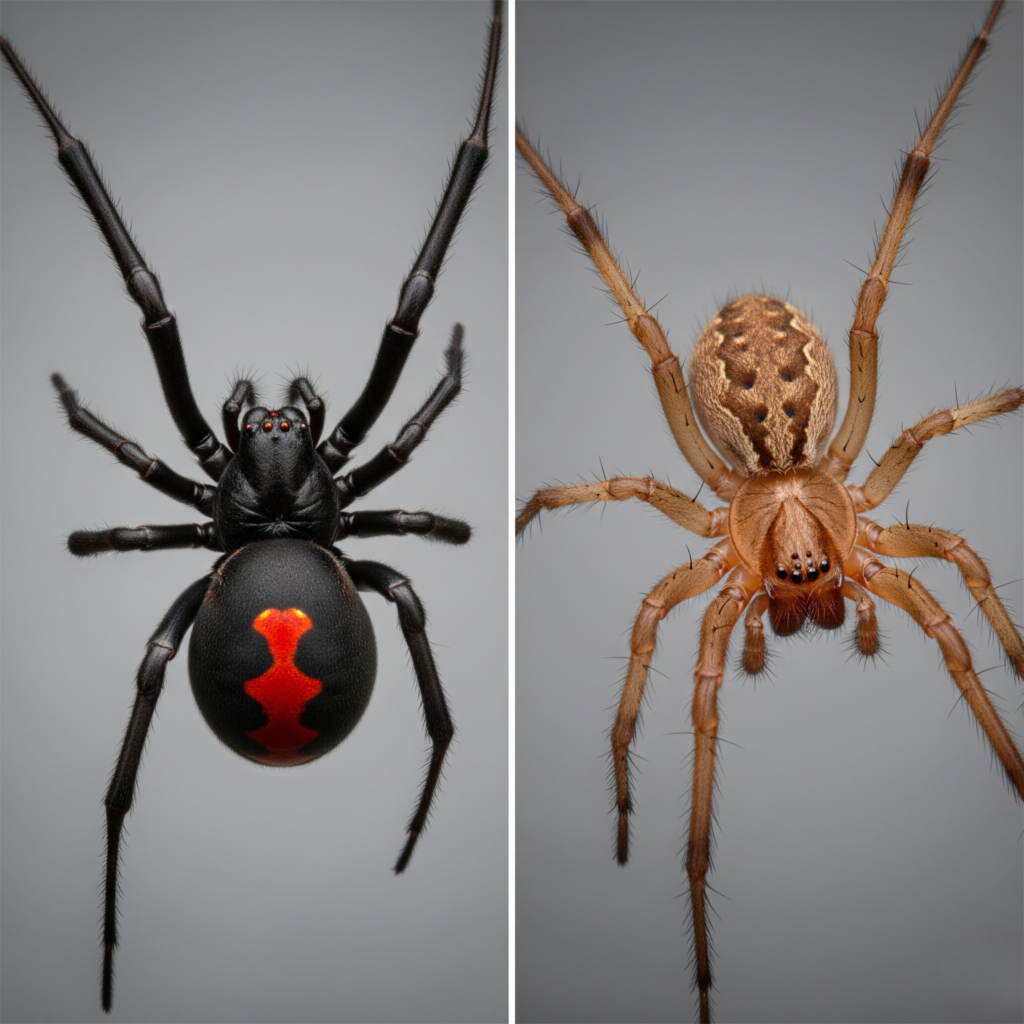
How to Identify Spiders Safely
Identifying spiders can be tricky, but there are a few safe ways to do it without getting too close.
- Use a flashlight and a zoom camera to observe markings and body shape from a distance.
- Check for web patterns that some spiders weave, distinct designs that can help in identification.
- Look for habitat clues: certain spiders prefer dark corners, while others prefer open spaces.
Why Professional Spider Removal Matters
While it may be tempting to handle spider removal on your own, professional pest control ensures safe and effective results.
- Accurate Identification: Professionals can quickly determine whether a spider is dangerous.
- Safe Removal Methods: Prevents bites and accidental spreading of spiders.
- Long-Term Prevention: Reduces future infestations through sealing entry points and applying safe repellents.
Safe DIY Spider Removal Methods
If you’re dealing with non-dangerous spiders, there are several safe DIY methods you can try:
- Vacuuming: Use a vacuum with a hose attachment to remove spiders and webs.
- Jar and Paper Method: Trap the spider in a jar and release it outside.
- Natural Repellents: Essential oils like peppermint or eucalyptus can deter spiders.
- Decluttering: Remove piles of clothes, boxes, or debris where spiders may hide.
Preventing Harmful Spider Infestations
To avoid encounters with dangerous spiders, prevention is key:
- Seal cracks around windows, doors, and foundations.
- Install weather stripping and door sweeps.
- Keep storage areas organized and clutter-free.
- Regularly vacuum corners, ceilings, and under furniture.
Balancing Spider Removal with Ecosystem Health
While removing harmful spiders is important for safety, it’s equally important to allow beneficial species to thrive. This balance keeps other pest populations in check naturally and reduces the need for chemical pest control.
Consider working with pest control services that use eco-friendly spider management techniques to maintain a safe and balanced environment.
Conclusion
Spiders are a diverse group of creatures, and not all are harmful. Learning to tell the difference between beneficial and dangerous spiders is essential for making the right removal decisions. By combining smart prevention habits with professional spider control when needed, you can keep your home safe while respecting nature’s pest controllers.

